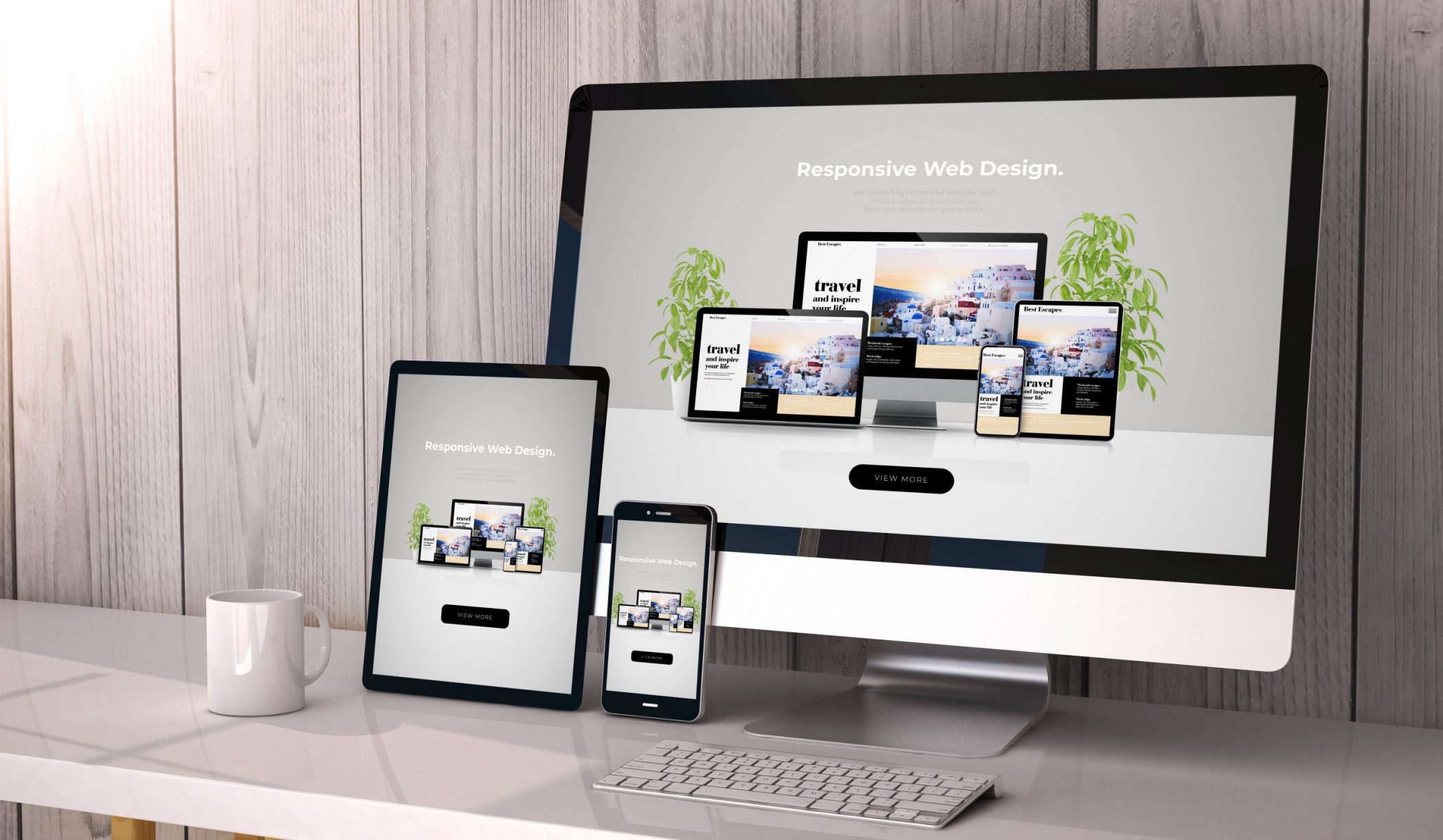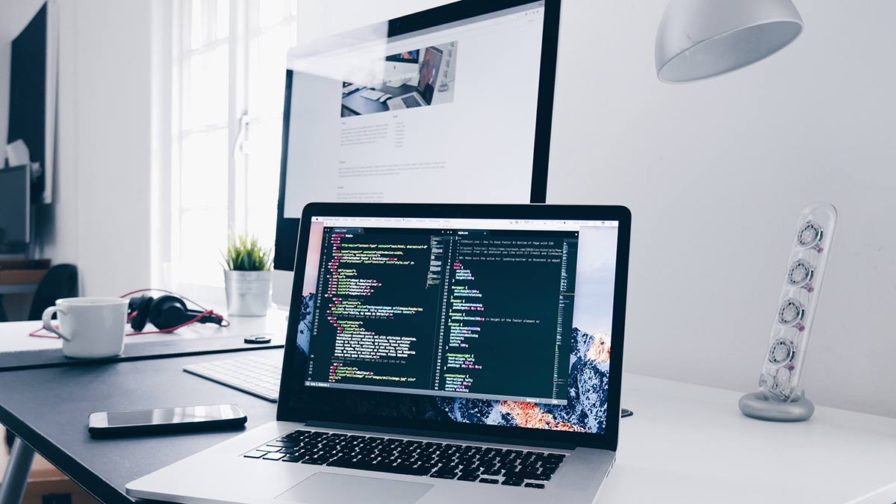Aligned Position Web Design: Delivering High-Quality, User-Friendly Web Designs for Every Industry
Aligned Position Web Design: Delivering High-Quality, User-Friendly Web Designs for Every Industry
Blog Article
The Most Effective Sorts Of Website Design to Improve User Experience and Interaction
In the ever-evolving landscape of electronic interaction, the effectiveness of Web style significantly affects customer experience and involvement. Numerous layout methods, such as minimalist, responsive, and interactive layouts, each offer distinct advantages that can cater to diverse user needs.
Minimalist Website Design
As electronic landscapes become increasingly cluttered, minimalist Web layout has actually arised as a powerful technique to improving individual experience. This style approach prioritizes simplicity, concentrating on essential elements while eliminating unnecessary distractions. By utilizing sufficient white area, simple navigation, and a restricted color combination, minimalist style promotes clearness and routes customer focus to vital web content.
The core principle of minimalist website design is to create a seamless interaction for users. By reducing cognitive load, customers can promptly realize details without feeling bewildered. This direct method not only boosts use however likewise encourages involvement, as site visitors are more probable to discover a site that is simple and aesthetically attractive to browse.
Additionally, minimalist style often highlights typography and images, making use of these aspects purposefully to convey messages efficiently. In significance, minimal Web design is not just a pattern; it is a thoughtful technique that acknowledges the significance of user-centered layout.
Receptive Website Design
In today's varied electronic setting, receptive website design has come to be vital for developing a smooth customer experience throughout a multitude of devices. As individuals gain access to web sites on smart devices, desktops, tablet computers, and laptop computers, the capability of a site to adapt its layout and content to different screen dimensions and resolutions is critical.
Receptive Web layout utilizes versatile grids, photos, and CSS media questions to make certain that Web material exists efficiently, despite the gadget made use of. This strategy not just enhances the visual appeal of a site yet additionally significantly improves functionality. Individuals are more likely to engage with a website that provides a constant experience, as it removes the aggravation of needing to focus or scroll excessively.
By taking on responsive layout, companies can boost their exposure and get to a wider target market. In summary, receptive Web layout is a fundamental technique that enhances customer experience, engagement, and total contentment.
Interactive Web Style
Responsive website design lays the foundation for boosting individual experience, yet interactive website design takes this a step further by engaging customers in a more vibrant method - Aligned Position Web Design. By including elements such as computer animations, clickable models, and real-time comments, interactive Web design astounds customers, drawing them into a richer browsing experience
This technique not just cultivates interaction however likewise encourages individuals to explore content actively as opposed to passively consuming it. Methods such as gamification, where customers gain incentives for completing tasks, can dramatically boost the moment spent on a site and improve overall contentment. Interactive attributes can streamline intricate details, making it extra enjoyable and digestible.

Incorporating interactive design components can likewise result in higher conversion prices, as users are extra likely to involve with a site that actively entails them. Aligned Position Web Design. Inevitably, interactive Web style changes user experiences into remarkable trips, making sure that site visitors return time after time
Flat Layout
Identified by its minimalistic approach, flat layout emphasizes simplicity and functionality, removing unnecessary aspects and concentrating on important functions. This style ideology focuses on use, guaranteeing that individuals can browse user interfaces with convenience and efficiency. By utilizing a tidy visual, level design gets rid of the mess frequently located in more elaborate designs, therefore enhancing individual concentrate on web content and capability.
The hallmark of flat layout hinges on its usage of vibrant colors, basic typography, and geometric forms. These aspects contribute to a visually enticing interface that is both approachable and contemporary. In addition, level style cultivates a feeling of quality, permitting customers to determine necessary activities and info without diversion.
Moreover, level style is especially reliable in receptive Web style, as its simplicity translates well throughout different tools and display sizes. The lack of detailed appearances and gradients lessens packing times, which is critical for preserving individual involvement. As electronic landscapes proceed to develop, flat style stays a relevant selection for producing user-friendly web sites that enhance this total experience. By focusing on crucial functions, level style not just meets individual needs however additionally motivates smooth interaction, making it a crucial component of efficient Web design approaches.
Adaptive Web Style
Flexible Web layout customizes the user experience by producing several taken care of formats customized to various display sizes and devices. Unlike responsive style, which fluidly changes a solitary design, flexible layout uses distinctive formats for specific breakpoints, guaranteeing ideal discussion on different systems. This strategy permits developers to concentrate on the one-of-a-kind characteristics of each device, improving functionality by supplying specifically what customers require based on their context.
Among the main benefits of adaptive Web style is its capacity to maximize load times and performance. By offering customized content and photos that fit the user's gadget, websites can lessen data usage and enhance loading speeds. This is specifically beneficial for individuals with slower links or limited information strategies.

Additionally, adaptive layout helps with a more constant and regulated branding experience. Given that developers develop check my blog several formats, they can ensure that the aesthetic aspects line up with the brand name's identification across different platforms - Aligned Position Web Design. This causes a cohesive individual experience, boosting interaction and advertising customer retention
Conclusion
Minimalist design fosters clarity and focus, while receptive layout makes certain flexibility throughout numerous tools, advertising ease of access. Jointly, these layout comes close to add to the production of straightforward environments that not only boost complete satisfaction yet also drive greater conversion prices, underscoring their vital significance in modern Web layout approaches.

Minimalist design promotes clearness and emphasis, while receptive layout makes certain flexibility across numerous devices, promoting ease of access. Jointly, these style comes close to contribute to the development of user-friendly settings that not just enhance contentment however likewise drive higher conversion rates, emphasizing their important importance in contemporary Web design approaches.
Report this page